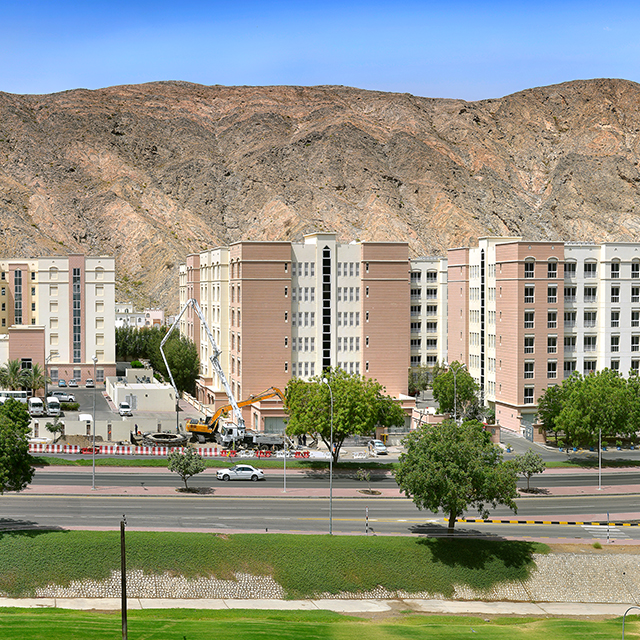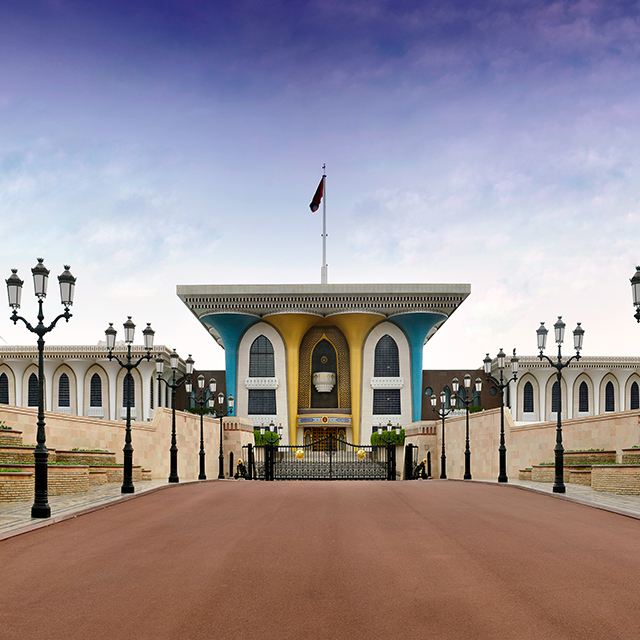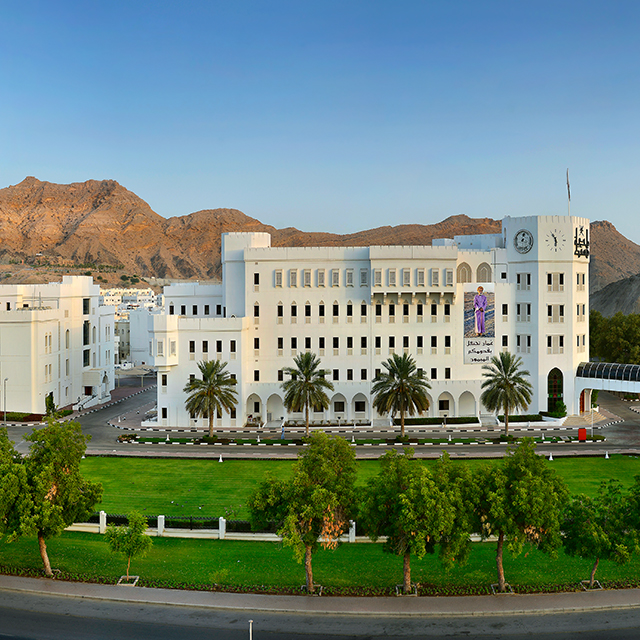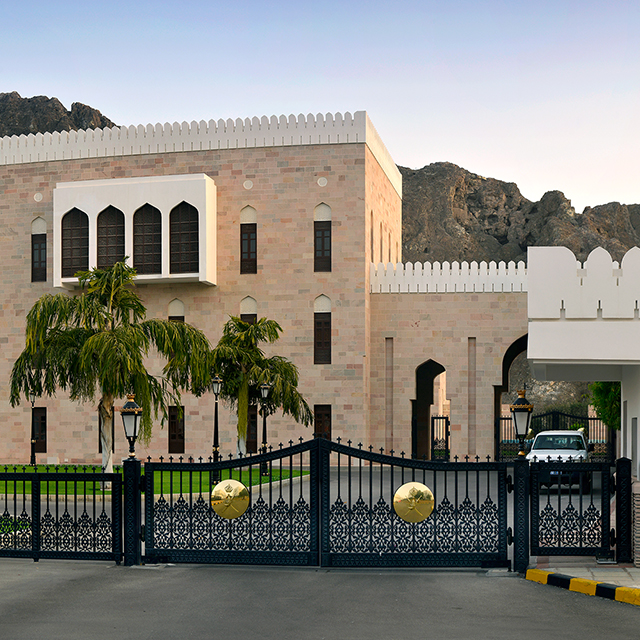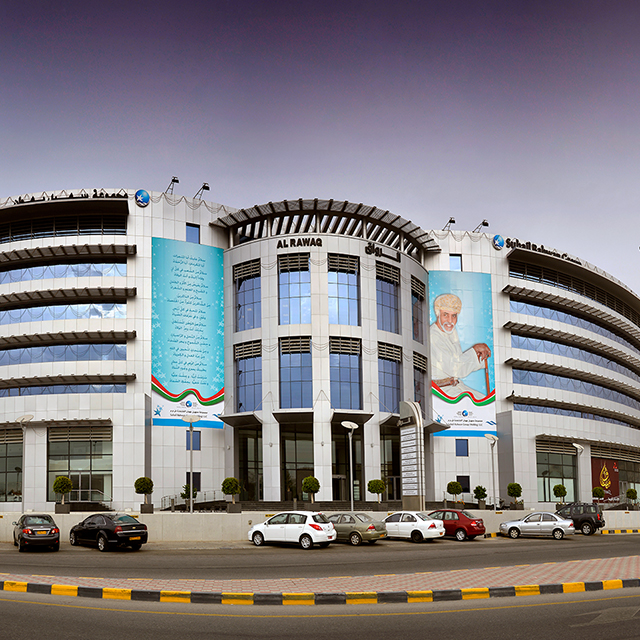
Shapoorji Pallonji Group is the powerhouse behind many landmark real estate projects, not just in India but around the world. Their projects span across a variety of sectors including everything from residential and commercial to industrial as well. Combining thoughtful design in prime locations and at reasonable prices, let’s take a look at Shapoorji Pallonji’s contribution to the construction of residential properties.
Shapoorji Pallonji has constructed residential projects across major cities in in India:
Imperial Towers, Tardeo, Mumbai (2009)
This landmark in Mumbai features 2 talls towers of 60 stories each including 9 podium levels, apartments ranging from 5,000 sq. ft. to 10,000 sq. ft., and a range of amenities including swimming pools, gym, club house, and more.
Sarova Township, Kandivali, Mumbai (2018)
This residential complex comprises 4 high-rise towers that accommodate 1,227 rehab dwelling units.
One Indiabulls BLU, Worli, Mumbai (2018)
This housing complex comprises 3 premium residential towers that accomodate 305 dwelling units and other civil and structural works.
Sun Court Tower, Greater Noida (2012)
This construction project involved civil, structural & MEP works for 20-storied twin towers.
AWHO Housing Complex, Noida (2019)
This residential project created for army personnel comprises 2 high-rise towers that accommodate 298 dwelling units.
Raisina Residency, Gurugram (2014)
This residential complex features 9 high-rise towers that accommodate 336 dwelling units as well as an EWS block of 60 units, a club house, shopping complex and 4 exclusive villas.
DLF – The Primus, Gurugram (2018)
This high-rise residential complex has 9 apartment blocks that accommodate 624 dwelling units.
Godrej Frontier, Gurugram (2015)
This design and construction project involved 10 high-rise towers that accommodate 456 dwelling units and 19 penthouses along with an EWS block of 84 dwelling units.
Hiland Park, Kolkata (2005)
The construction of this residential project involved civil, structural and architectural finishes for 6 towers.
Mantri Pinnacle, Bengaluru (2018)
This is a high-rise premium residential tower with 46 floors that accommodate 133 dwelling units.
Brigade Cosmopolis, Bengaluru (2018)
This premium residential complex comprises 9 apartment blocks built using aluminium formwork, accommodating 654 dwelling units.
Brigade Panorama, Bengaluru (2019)
This residential complex comprises 7 apartment blocks built using aluminium formwork, accommodating 1,035 dwelling units.
New Haven, Bengaluru (2017)
This high-rise residential complex comprises 35 towers built using precast concrete construction technology, accommodating 1,892 dwelling units.
Elita Promenade – Phase A, Bengaluru (2008)
This high-rise residential complex comprises 10 towers that accommodate 944 dwelling units.
Elita Promenade – Phase B, Bengaluru (2013)
This residential complex comprises 7 high-rise towers that accommodate 629 dwelling units.
Parkwest – Phase 1, Bengaluru (2018)
This premium residential complex comprises 3 high-rise towers that accommodate 703 dwelling units.
DLF Westend Heights, Bengaluru (2017)
This residential complex comprises 19 high-rise towers that accommodate 1,830 dwelling units.
Mahindra Windchimes, Bengaluru (2018)
This premium residential complex comprises 4 high-rise towers built using aluminium formwork, accommodating 400 dwelling units.
Assetz MarQ – Phase 1, Bengaluru (2019)
This residential complex comprises 4 apartment blocks built using aluminium formwork, accommodating 469 dwelling units.
Air Force Naval Housing Complex, Coimbatore, Tamil Nadu (2013)
This residential complex made for Indian air force employees accommodates 372 dwelling units of various types.
Shapoorji Pallonji is also the force behind a number of international residential projects:
- Al Khail Heights, Dubai, UAE
- Mudon Town Houses, Dubai, UAE
- Imperial Avenue, Dubai, UAE
- Al Quoz Residential Complex Phase 2, Dubai, UAE
- Taj Grandeur Residences, Dubai, UAE
- Abdulla Al Habbai Housing, Mirdif, Dubai, UAE
- Abraj Quartier, Doha, Qatar
- Abraj Quartier Residential Towers, The Pearl, Doha, Qatar
- Al Alam Palace & Al Khor Mosque, Muscat, Oman
- Altair, Colombo, Sri Lanka
- Housing at Setif, Algeria








